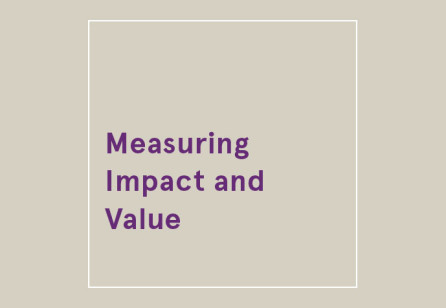
From the Editors
I’ve been lucky enough to have attended quite a few service design conferences over the years, and heard peers in the community stand on stage and share their advice, techniques, questions and insights.

Browse all Touchpoint Articles

I’ve been lucky enough to have attended quite a few service design conferences over the years, and heard peers in the community stand on stage and share their advice, techniques, questions and insights.

Service designers need to collect user feedback throughout various touchpoints in order to create superior experiences. But how? And when? And to what end? The term “feedback” is often heard as a necessary means to gauge the success of a product or service, but it is rarely discussed in-depth or examined in terms of how one actually carries it out to get valuable, comprehensive insights.
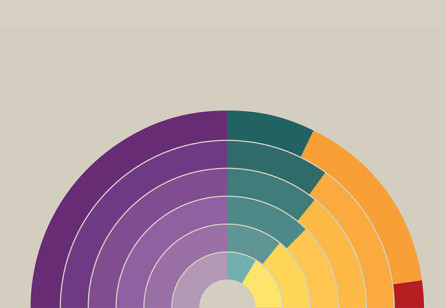
Journeys are central to the discipline of service design. In fact, my definition of service design is: the envisioning of people’s journeys and the organisations required to support them. But in the years since early service designers pioneered this field, journeys have been adopted by other disciplines, as well — most notably, by the field of customer experience.

On June 1st the Service Design community came together to celebrate the second, official Service Design Day.
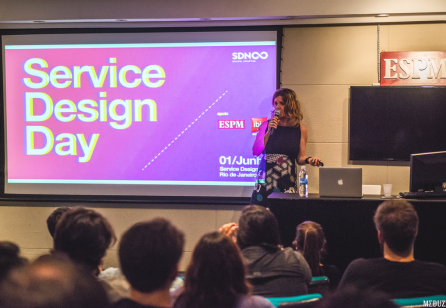
The SDN Brazil Chapter organised three simultaneous events in recognition of Service Design Day on June 1st in three major cities: Brasília, São Paulo and Rio de Janeiro.

In November 2017, the global service design community will come together in Madrid for the annual SDN Global Conference.

I worked at an advertising agency for just over a year. (A year and a day to be exact.) Here’s how our typically engagement worked:

Product-Service Systems (PSS) enable research and development organisations to create new opportunities for their core technologies through servitisation and new resource integration.

Growing the service design industry requires more than simply educating the next generation of service designers. Business students can also benefit from learning how service design can be used to innovate and address complex market and organisational challenges. That’s why we decided to experiment with human-centred design in the business classroom.
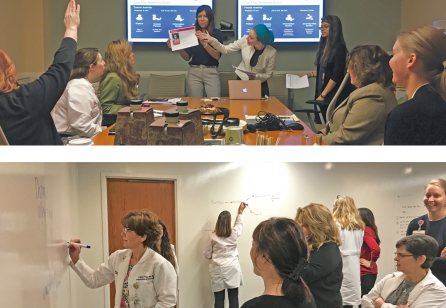
In order to make real impact in healthcare through service design, the effort must be widespread. Equipping those who are not formally trained in the design discipline is no easy feat. In this article, we propose a model of on-the-job design education using four teaching strategies to illustrate the amplification of design practice within a complex healthcare environment.
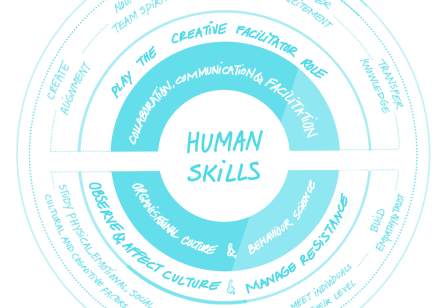
Design has become a collaborative and interdisciplinary practice as it aligns with an increasingly diverse range of private and public sector efforts.

Service design education has matured over the past 15 years, and a fairly consistent set of skills has been established as fundamental educational requirements for a student. The practice of service design requires an extremely broad range of skills and knowledge, and most often, students emerge from these programmes as service design generalists.
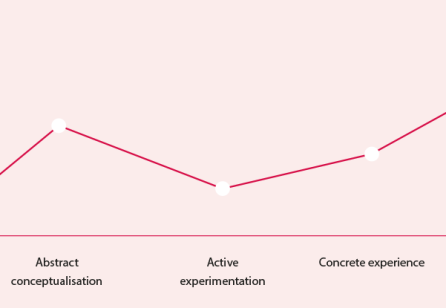
At Uscreates, we are currently seeing two trends within our client base. Firstly, the demand for design in public innovation contexts is expanding beyond the design of a specific service, into the transformation of the systems that sit around it. Secondly, public sector organisations are increasingly interested in building their own design capability internally around service design and systemic change.

As society faces increasingly complex challenges, education should seek to equip the next generation with the skills to address and overcome difficult situations.

I want to tell you about a journey that started in 2014 with a series of workshops. At that time, I began working with facilitators from the Institute of Cultural Affairs Taiwan to co-create an experiment to explore how the abilities of a facilitator can support a service design team to create maximum value in a project.

The foundational learning opportunities offered by liberal arts (1) universities examine what it means to be human while forming reflective minds. Elon University in North Carolina is exploring service design and design thinking opportunities that enhance the campus culture through its Elon By Design initiative.
